James had begun concentrating on the manufacture of two-stroke lightweights in the 1930s, and continued the policy after WW2. In 1951 the company became part of the Associated Motor Cycles group, joining Francis-Barnett, and from then on the two marque’s model ranges became ever more similar until the transfer of Francis-Barnett production to the James factory in 1962 ushered in an era of unashamed ‘badge engineering’. Villiers engines were used at first, though from 1957 many models were powered by AMC’s own engine. James first adopted the ‘Captain’ name for its (nominally) 200cc model for 1950 and both the cycle parts and engine would be upgraded periodically as the years passed. Restored approximately seven years ago, this Villiers-engined Captain is described as in good condition and offered with current road fund/MoT and Swansea V5 registration document.
James had begun concentrating on the manufacture of two-stroke lightweights in the 1930s, and continued the policy after WW2. In 1951 the company became part of the Associated Motor Cycles group, joining Francis-Barnett, and from then on the two marque’s model ranges became ever more similar until the transfer of Francis-Barnett production to the James factory in 1962 ushered in an era of unashamed ‘badge engineering’. Villiers engines were used at first, though from 1957 many models were powered by AMC’s own engine. James first adopted the ‘Captain’ name for its (nominally) 200cc model for 1950 and both the cycle parts and engine would be upgraded periodically as the years passed. Restored approximately seven years ago, this Villiers-engined Captain is described as in good condition and offered with current road fund/MoT and Swansea V5 registration document.
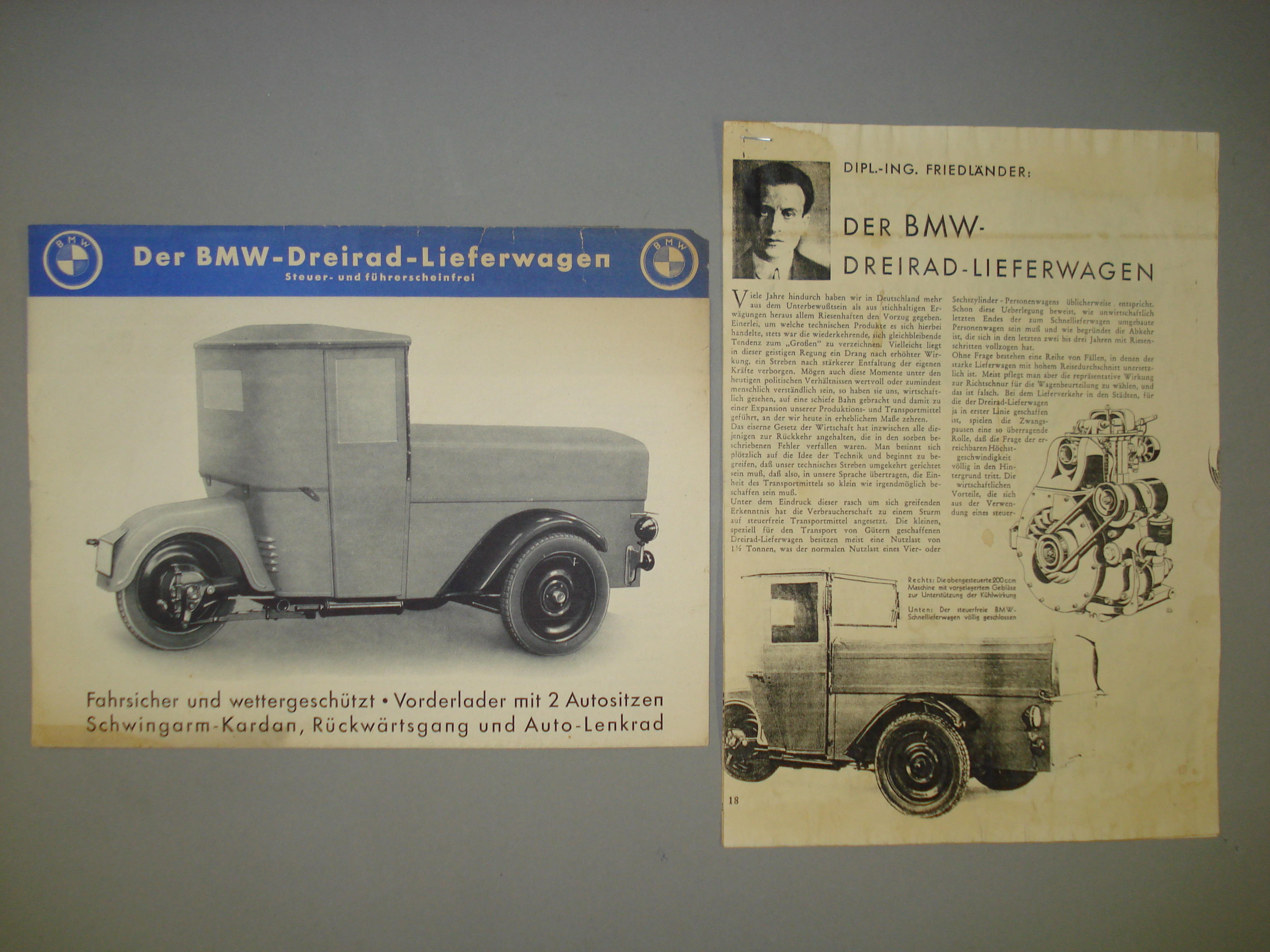
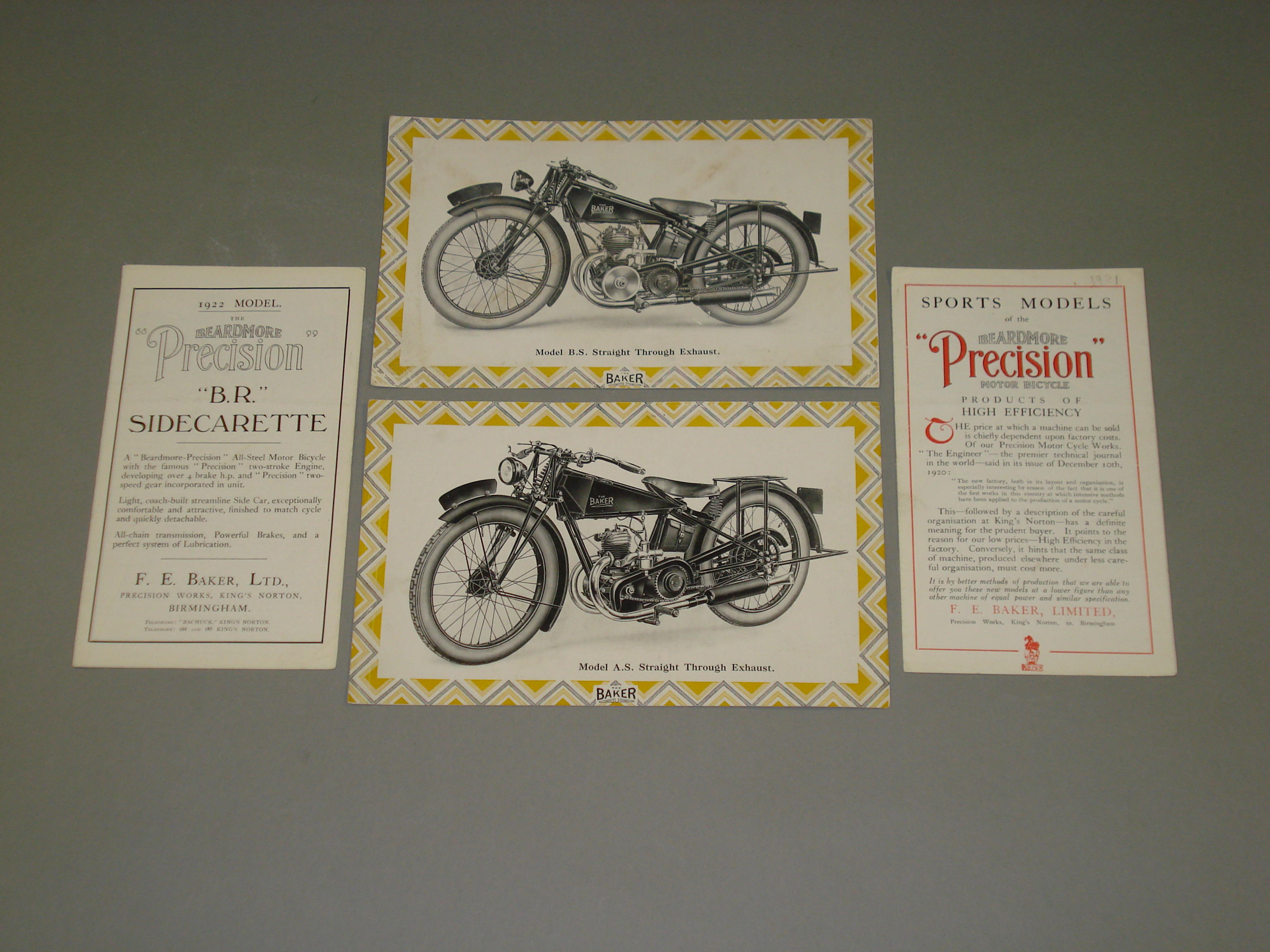
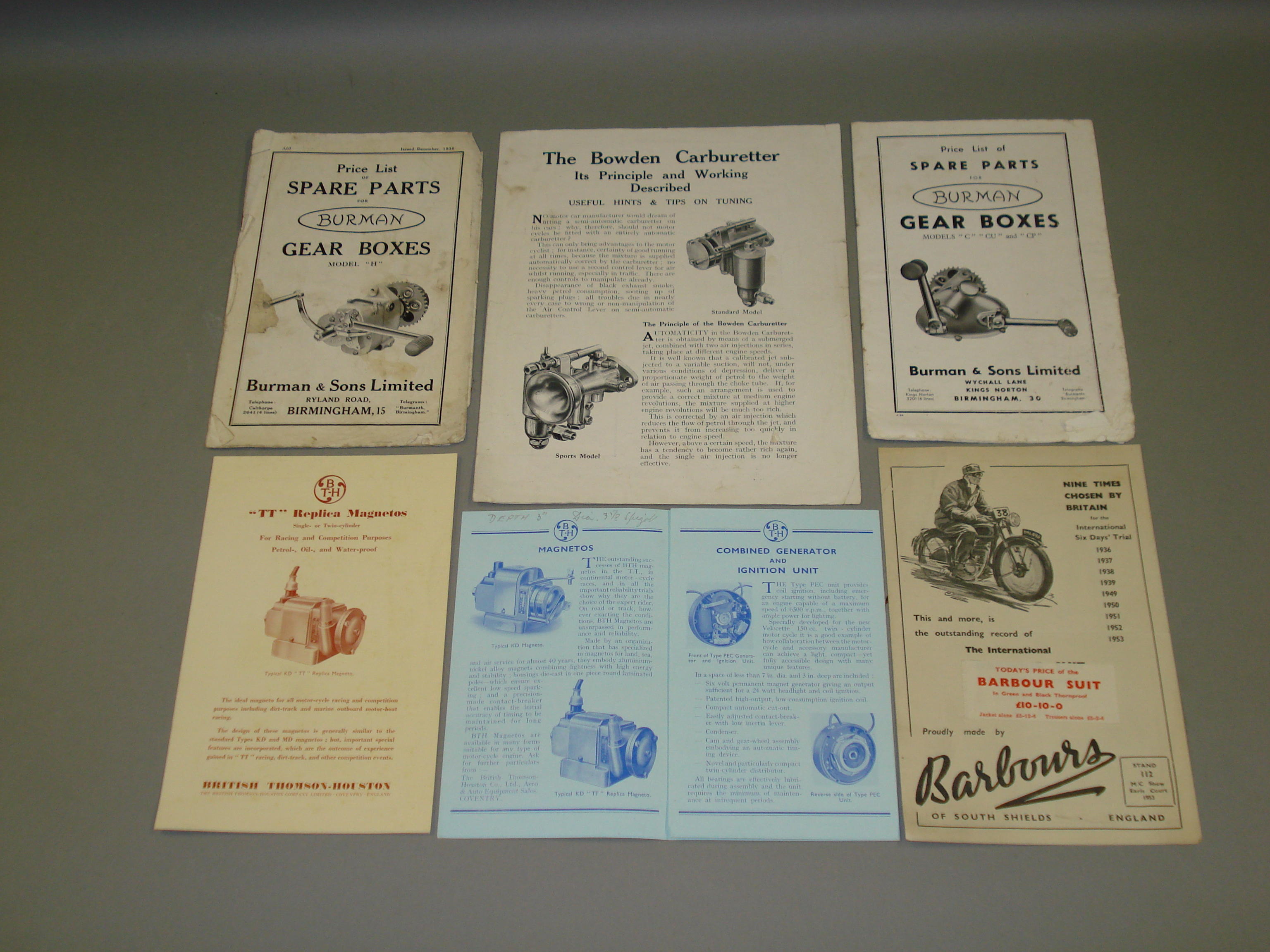
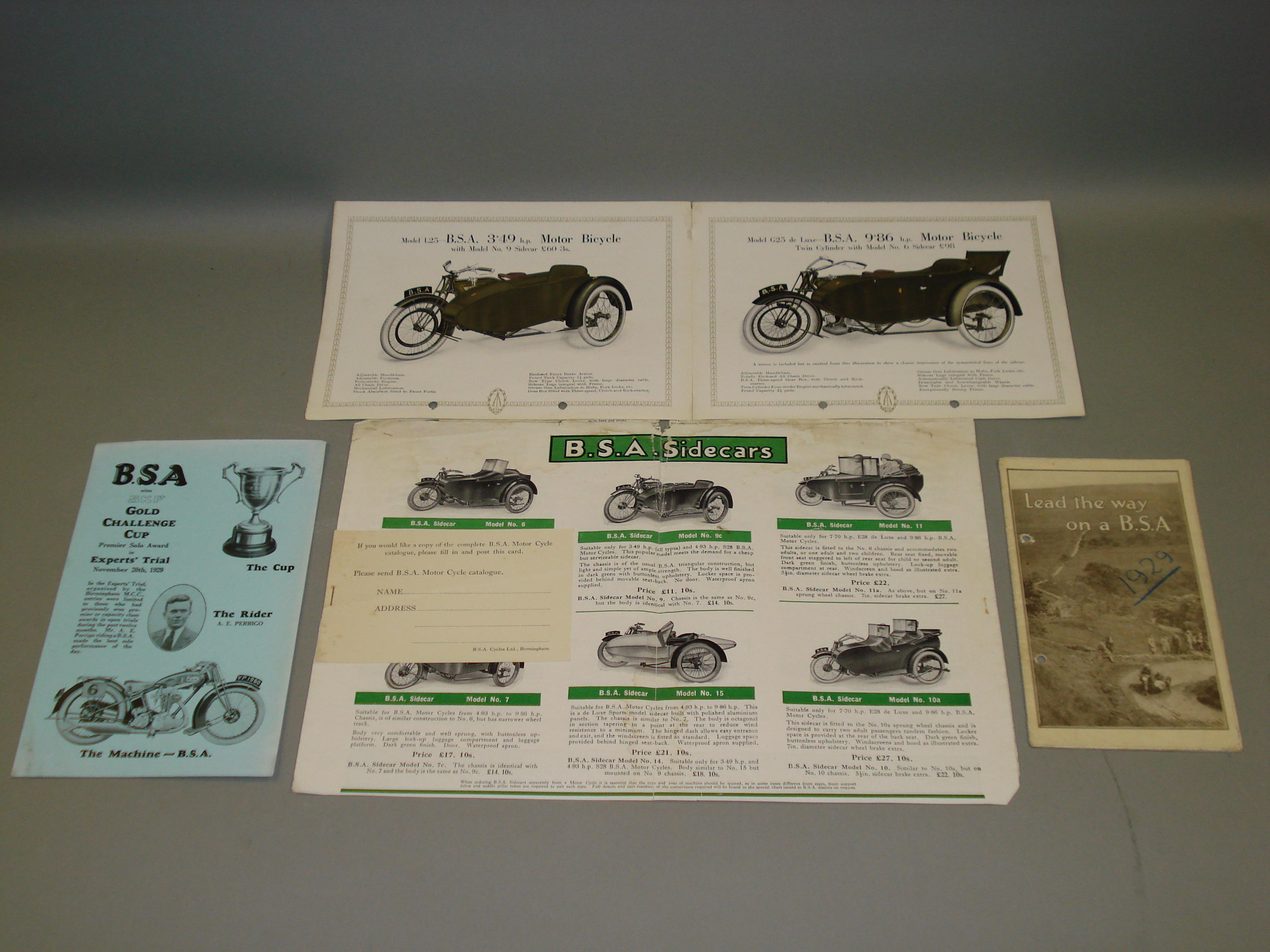

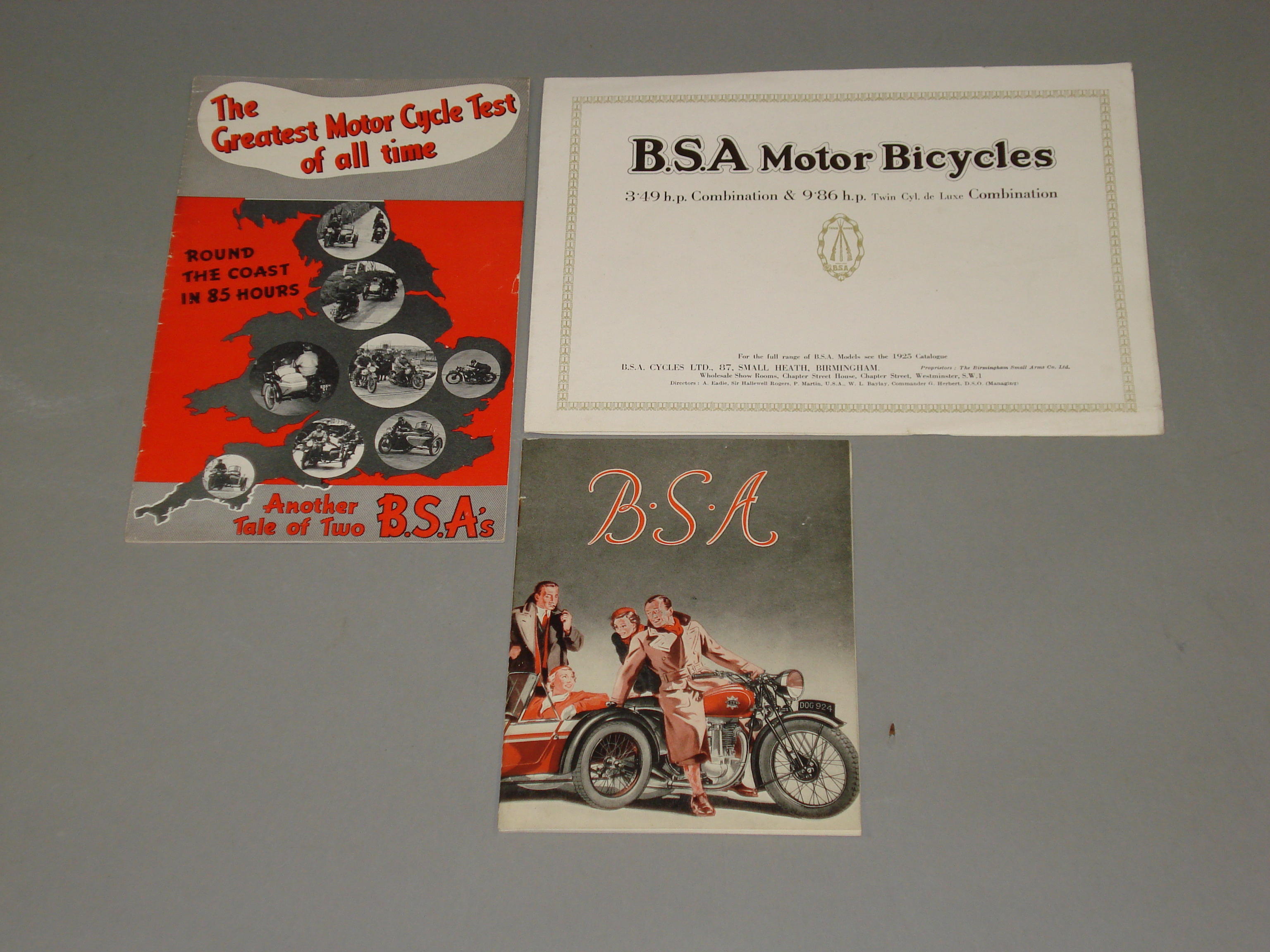

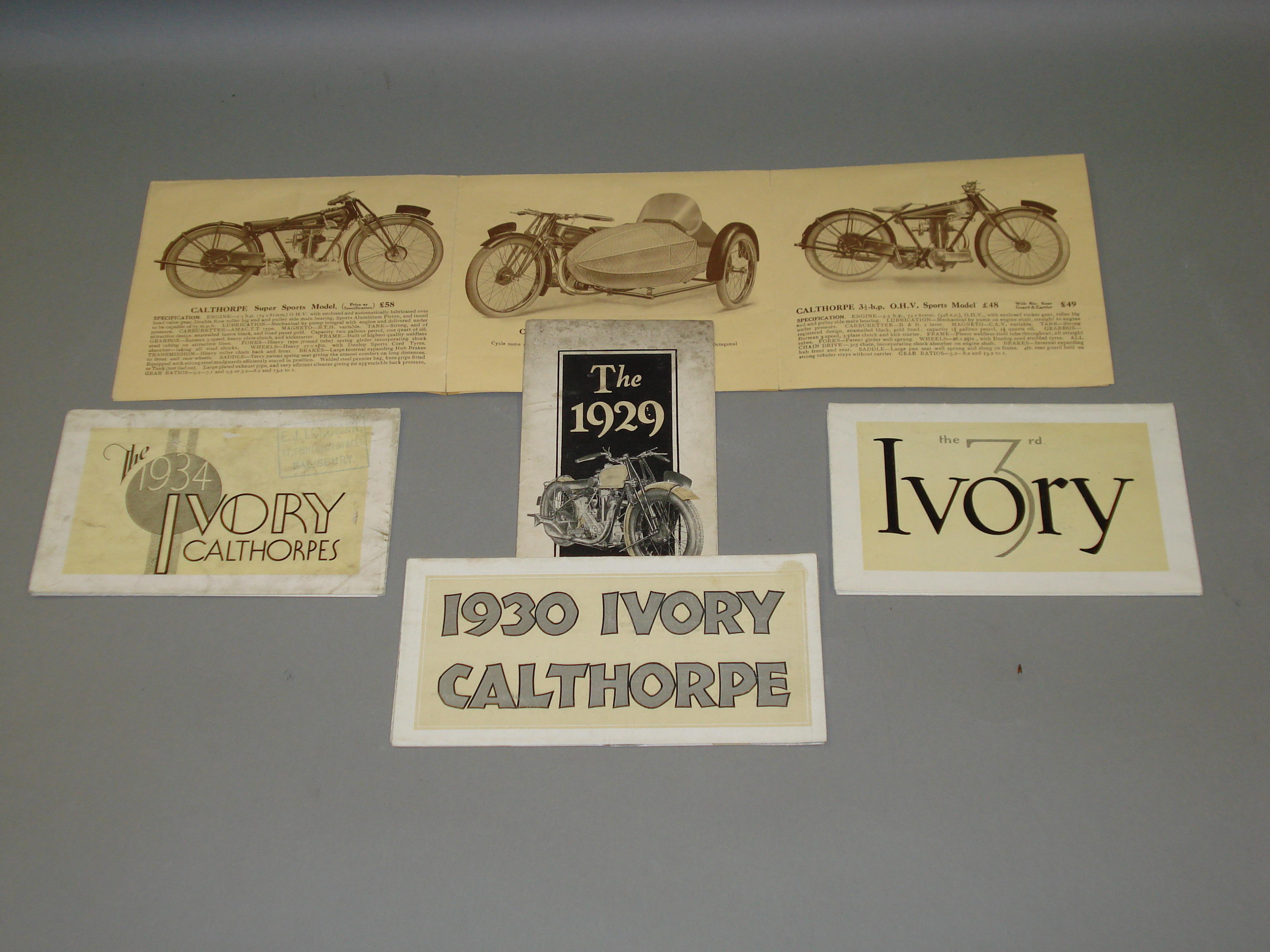
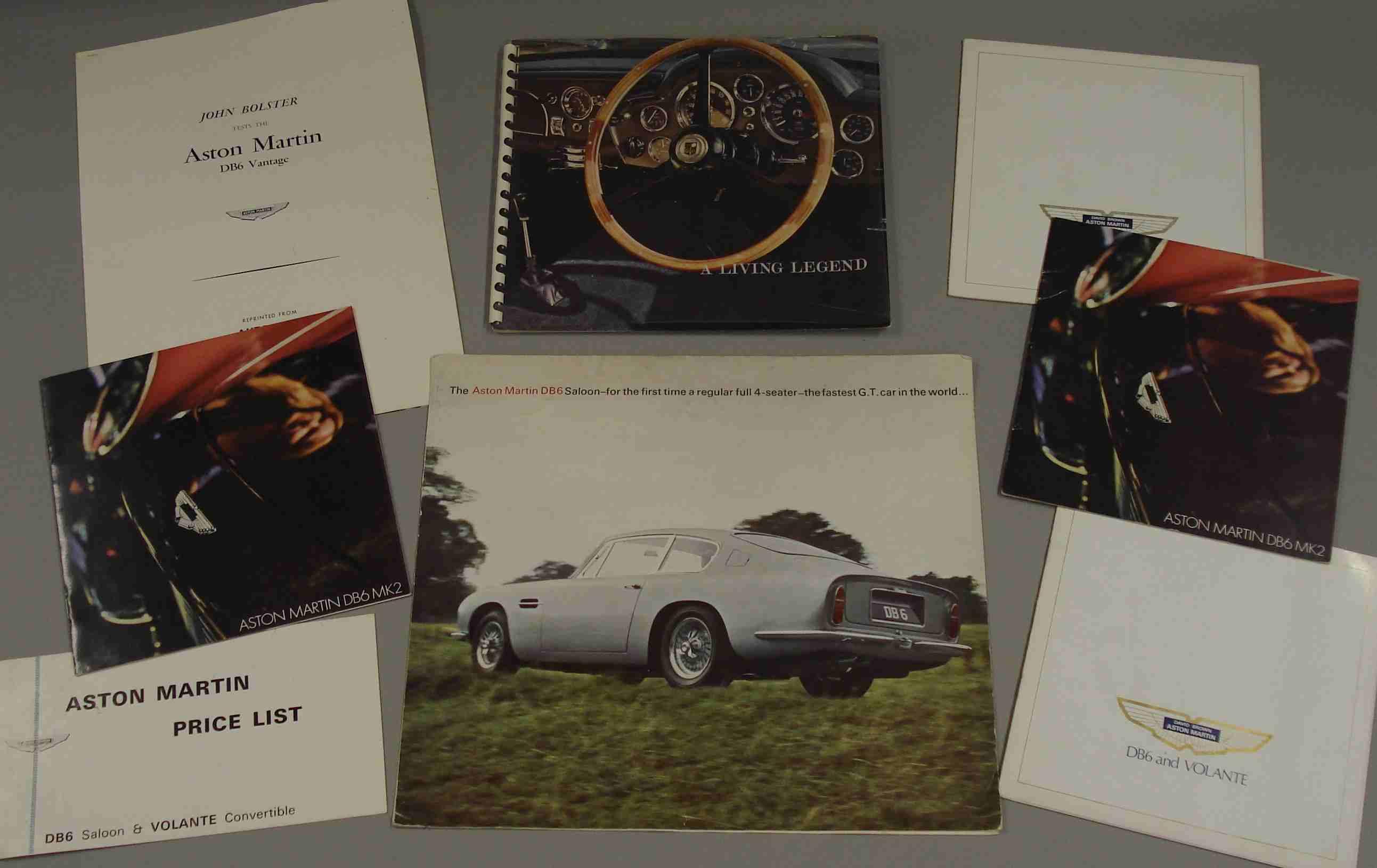
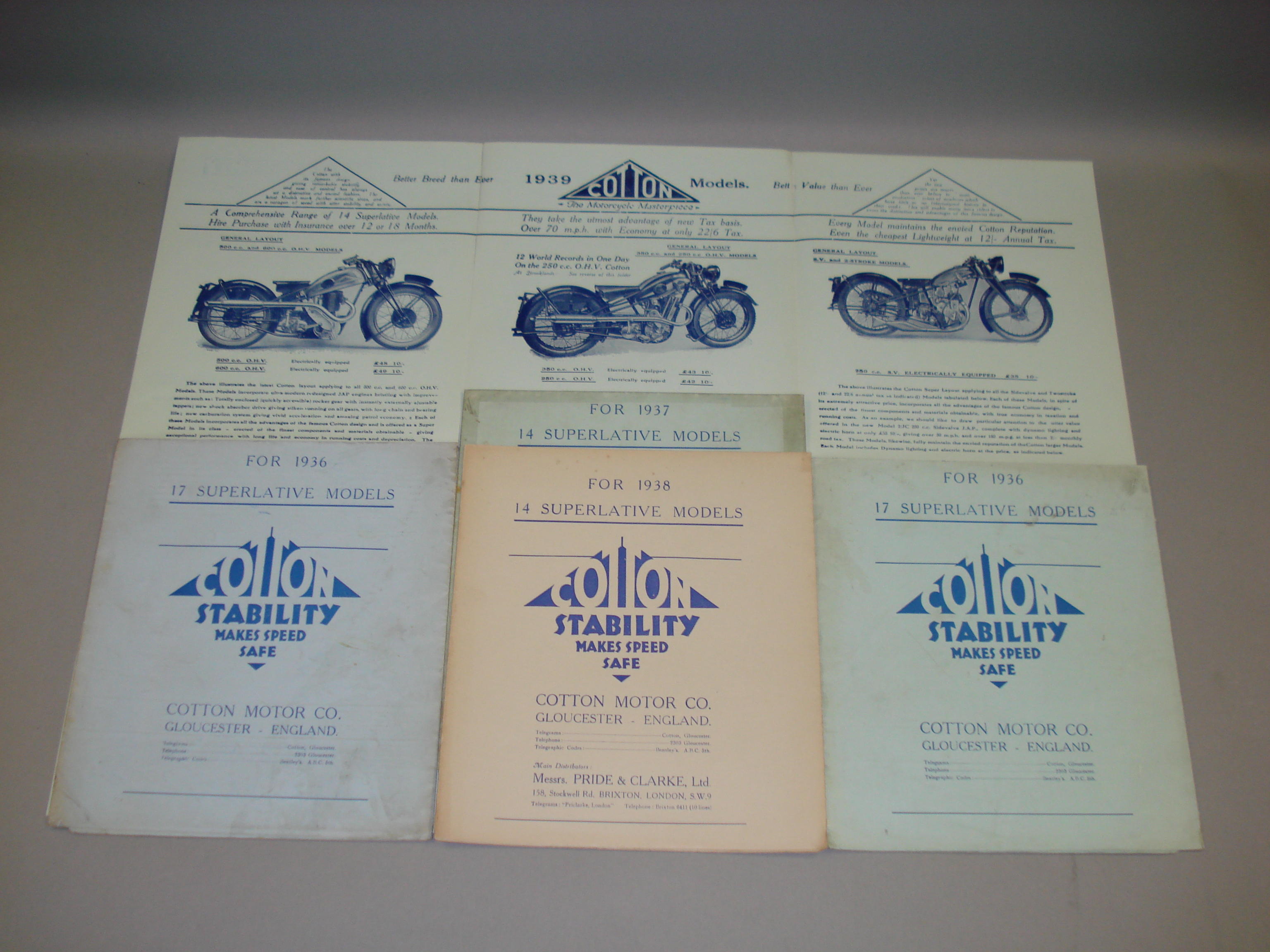
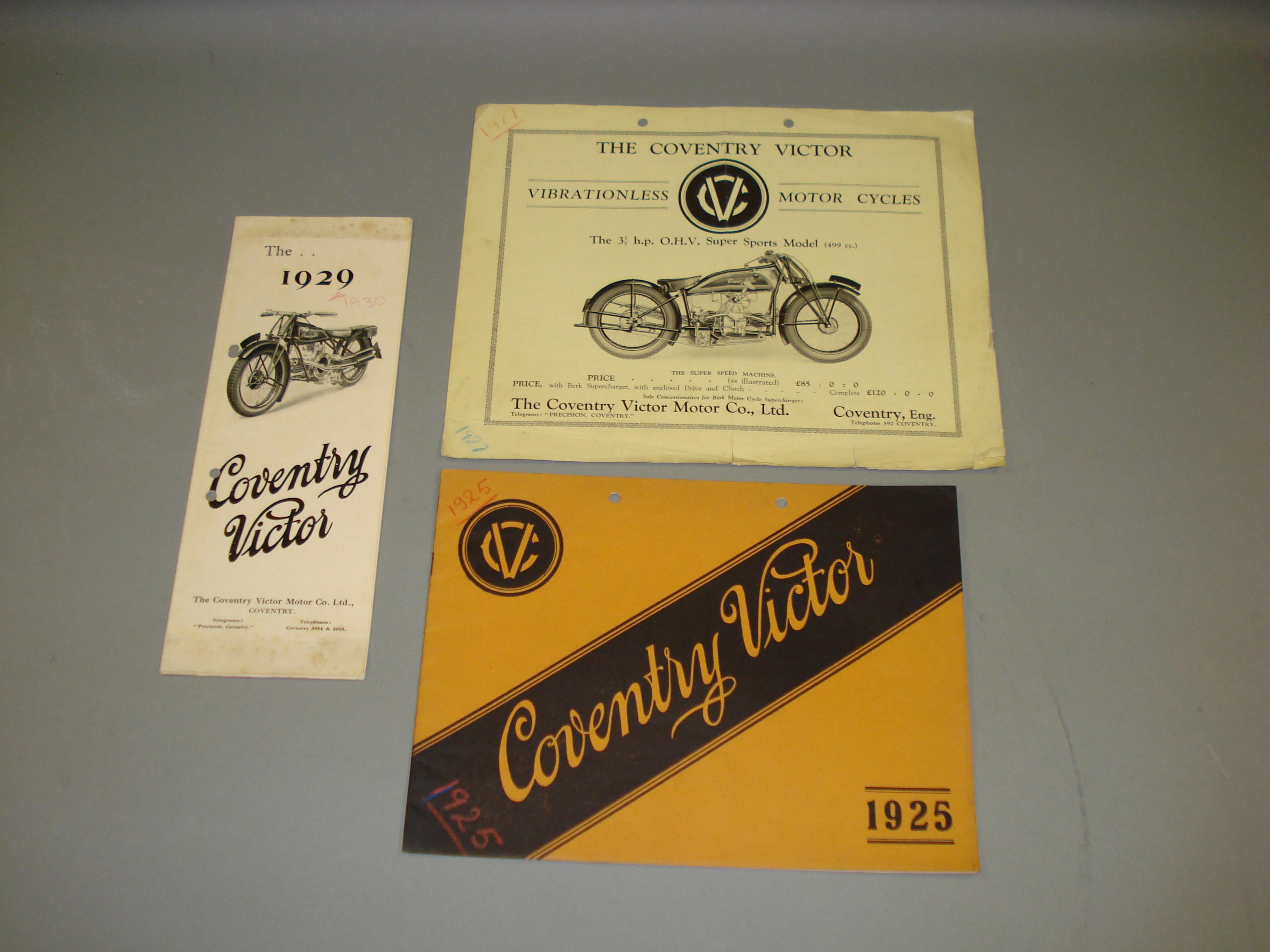
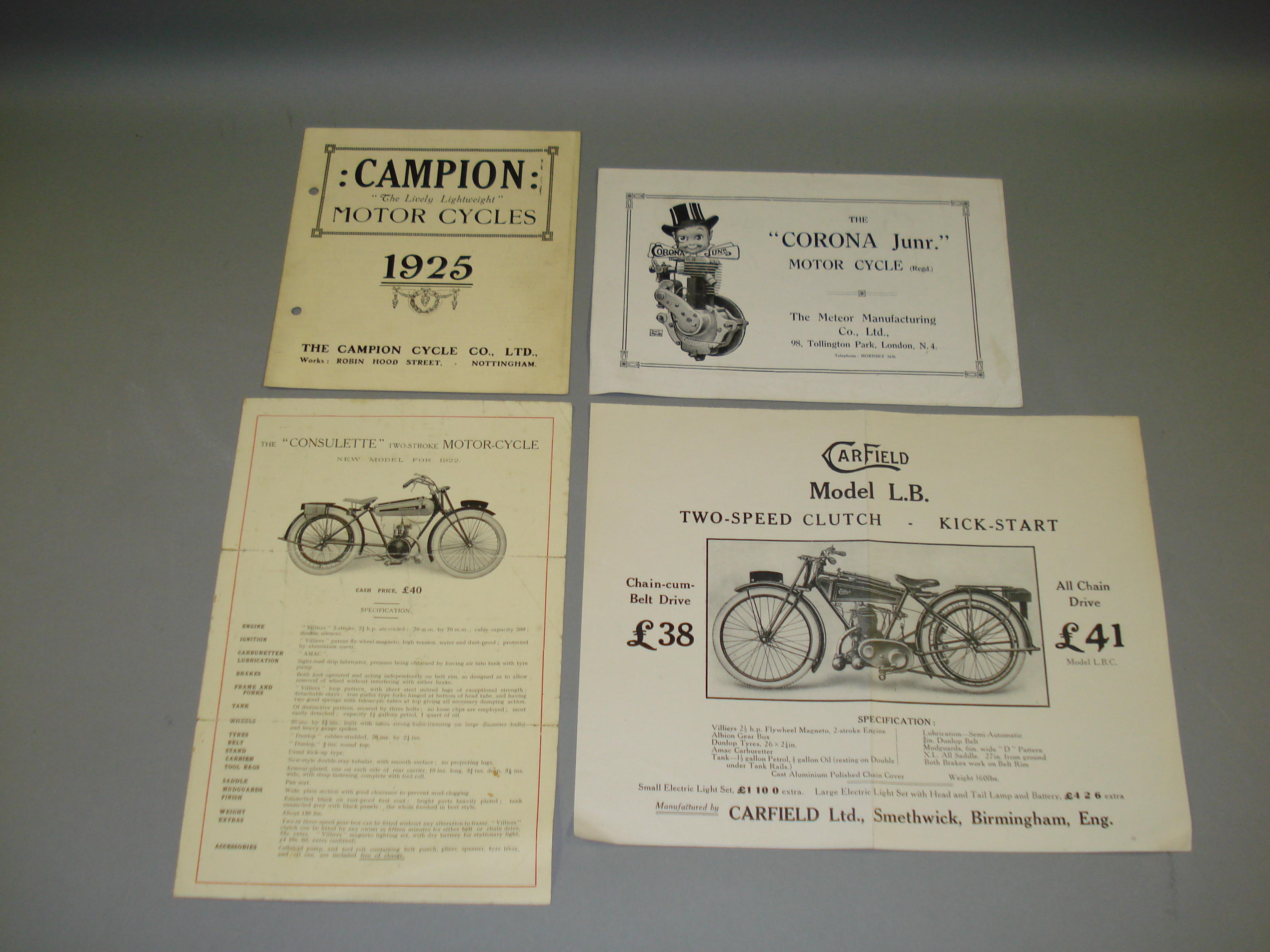
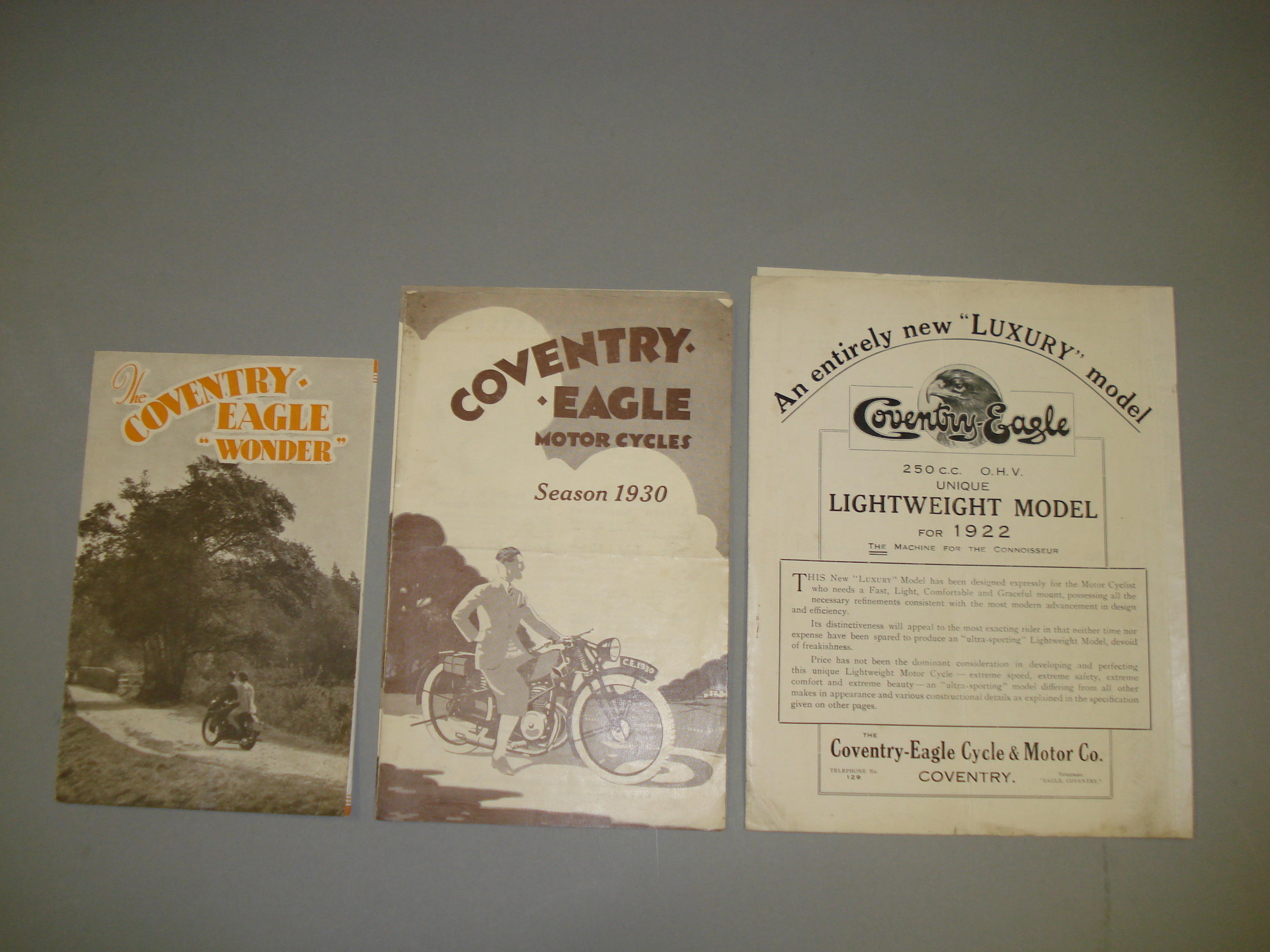
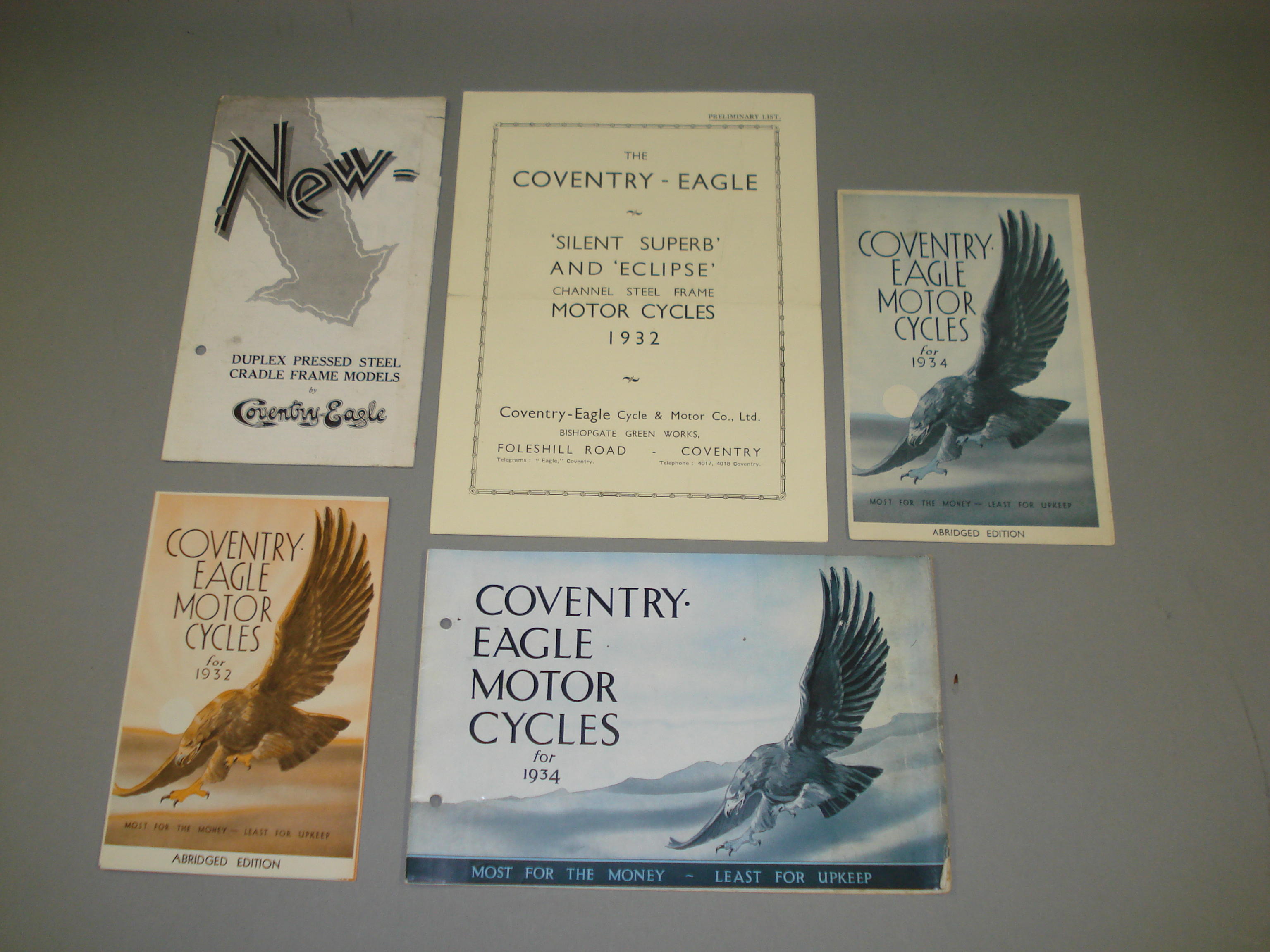
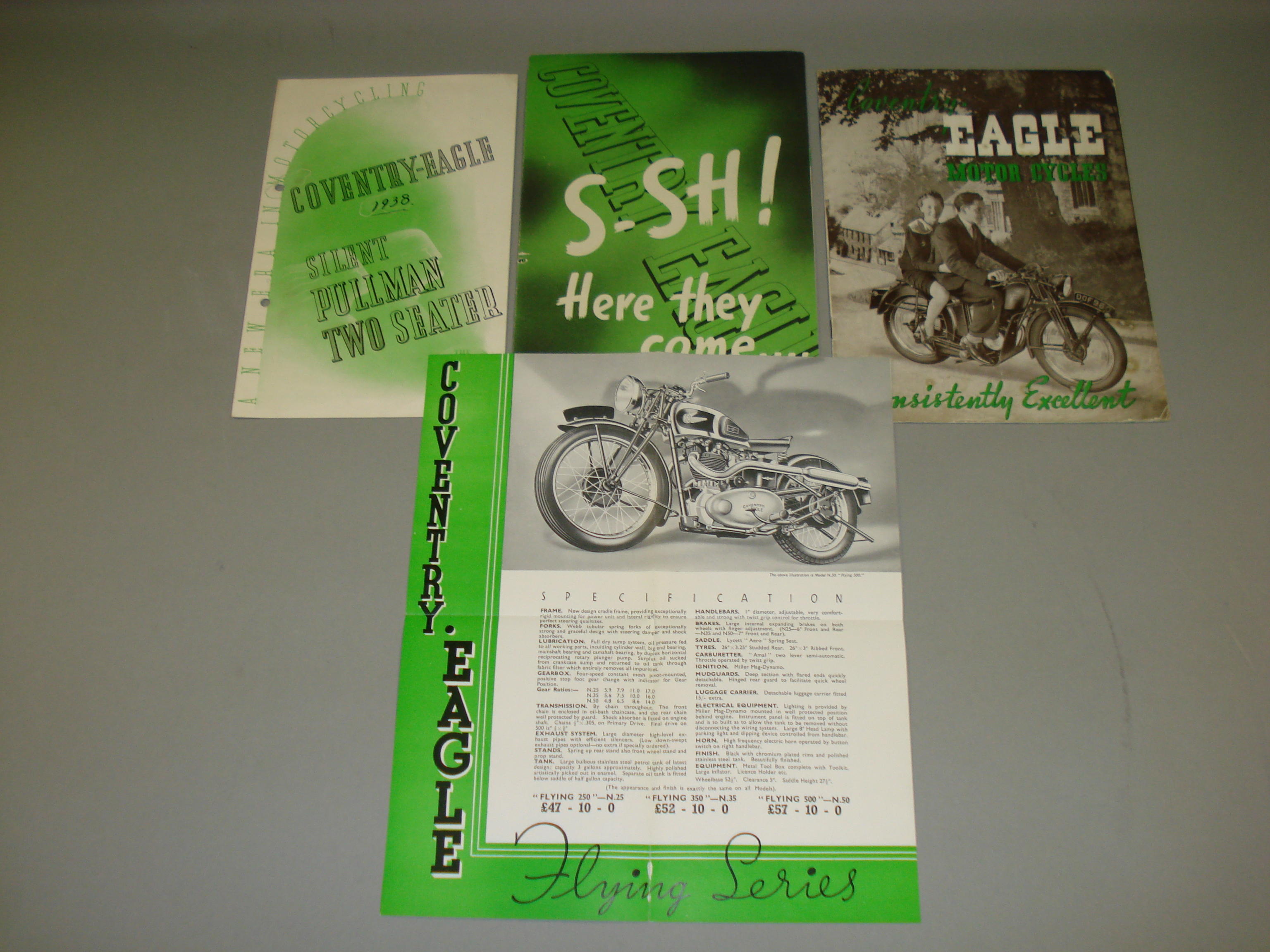
Testen Sie LotSearch und seine Premium-Features 7 Tage - ohne Kosten!
Lassen Sie sich automatisch über neue Objekte in kommenden Auktionen benachrichtigen.
Suchauftrag anlegen